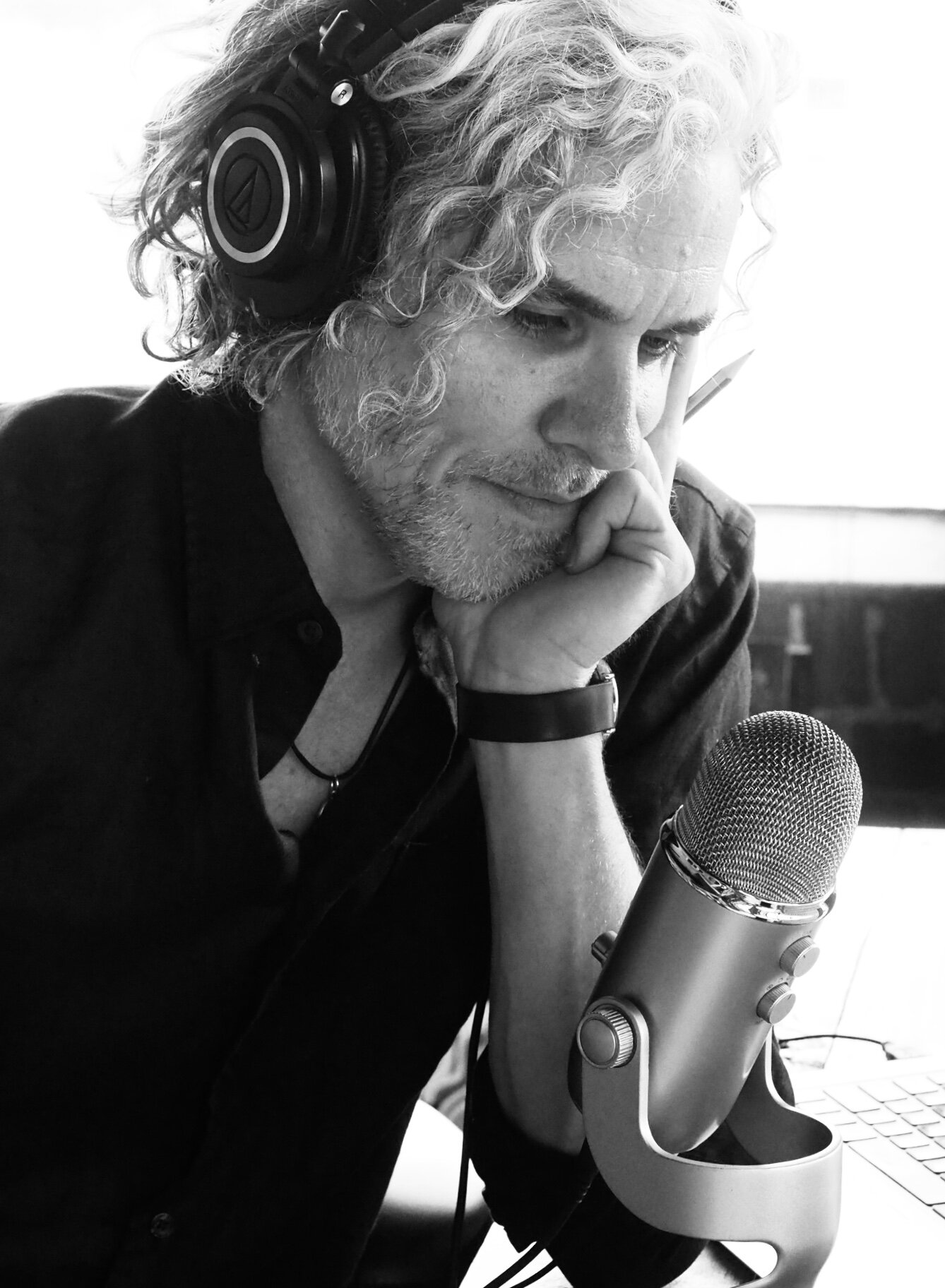The View Without
No great American desert. No rocky mountains. Very few lush valleys and mountain streams.
Flying over Oklahoma or driving the banal conduit of turnpike (whose sole purpose is to blindly shuttle you further, faster), you are tempted to believe the lie that there is nothing beautiful here. The dust bowl state earned its parched reputation through the work of Steinbeck and the iconic pictures of Dorothea Lange. But its image as desolation and despair (or at the very least, maudlin terra firma) remain our remnant but fixed memory.
The philosophers of ancient Greece believed that vision was a beam thrown out by the eyes as if from a lantern. - Jane Hirshfield, Ten Windows
But to agree with these glimpses as conjecture is voluntary blindness. You extinguish your lantern, forfeiting your willingness to see. Paul Strand: “The artist’s world is limitless. It can be found anywhere, far from where he lives or a few feet away. It is always on his doorstep.”
I started to believe the lie. I grew weary of the endless prairie, the dry, monotonous landscape. But I also knew the wisdom of Japanese filmmaker Akira Kurosawa, “to be an artist means never to avert one’s eyes”. I’ve traveled enough, have stood on mountain tops, bore witness to desert sunrises and oceanic sunsets. I felt Oscar Wilde’s reproof at times, “A subject that is beautiful in itself gives no suggestion to the artist. It lacks imperfection.”
I’m not a real photographer, not in the professional sense, but I am an enthusiast (greek: inspired by). Something happened when I started carrying a camera: I encountered the sublime. Pseudo-Longinus (1st Century, A.D.) wrote of sublimity claiming it was “something that animates poetic discourse from within”. Sublimity was not solely a natural phenomenon (i.e. not only found along the likes of the Himalayas or the Cliffs of Dover) it was “an effect of art”, an emotional involvement within the perceiver. [1] “Sublimity” and its meaning has been debated for centuries but suffice it to say, no one ever conjoins the words “Oklahoma” and “sublime”.
The famed writer Borge was afflicted with blindness yet, in the depth of his growing dark, wrote “in this world of ours, beauty is quite common”. Our inner vision is the curved mirror in our life, reflecting all we see. To Borges, the brightness of beauty everywhere was inescapable, his inner vision remained crystalline despite darkness. Ansel Adams: “When I’m ready to make a photograph … I’m interested in something which is built up from within, rather than just extracted from without“. Borges admonished, “a writer, or any man (read: photographer), must believe that whatever happens to him is an instrument … all has been given like clay, like material for one’s art … if a blind man thinks this way, he is saved. Blindness is a gift.”
He moves through life as he finds it, not passing negligently the things he loves, but stopping to know them … He is looking for what he loves, he tries to capture it. It’s found anywhere, everywhere. Those who are not hunters do not see these things. The hunter is learning to see and to understand - to enjoy. - The Art Spirit, Robert Henri
There is a view within and a view without. The monocled vision of only a view without looks for fail-safe environments like imperial landscapes or cobaltic ocean views. It is the semi-blind view of the non-artist. The view from within transmutes the view without. This vision agrees with the sculpture Rodin: “to the artist there is never anything ugly in nature”. In his essay “The Photograph and the Mental Image”, George Santayana wrote, “We should admit creative art as the best mediator between our half-lighted minds and our half-tamed environment - as a medium through which these two can communicate in their primitive estrangement.” The camera as mediator translated for me perceived bleakness to sublimity.
“To perceive the extraordinary within the ordinary by changing not the world but the eyes that look. Within a summoned hybrid awareness, the inner reaches out to transform the outer, and the outer reaches back to transform the one who sees”. - Jane Hirshfield, Ten Windows
We read poetry to cleanse our soul, attend art exhibits to rekindle our imagination, listen to music to expand our minds, and we confront nature as it is in order to see fully, “He who would live elegantly is a friend of the four seasons in their natural state” (Basho). We also do not have to venture very far - all the photos you see in this post were taken within a five mile radius of my home.
We do not pine for what is not there, we recognize that the lack of beauty is an error within.
We open our internal aperture, adjust our focus, and in a snap, abolish our voluntary blindness.
How we see, what we see, is who we are.
This post is a continuation of a series I started writing about living with less stress (a series with the lofty but apt title Toward an Elegant Order), previous installments are: How We Life, How We Wake, How We Move (Embracing the Gentle Art of Slowing Down), How We See (The View Within) and this post, How We See (The View Without).
“The artist must train not only his eye, but also his soul.” - Wassily Kandinsky, Russian painter.
Footnotes: [1] History of Beauty, Umberto Eco
All the photos in the post are from either my travels or my various walkabouts with a camera.








